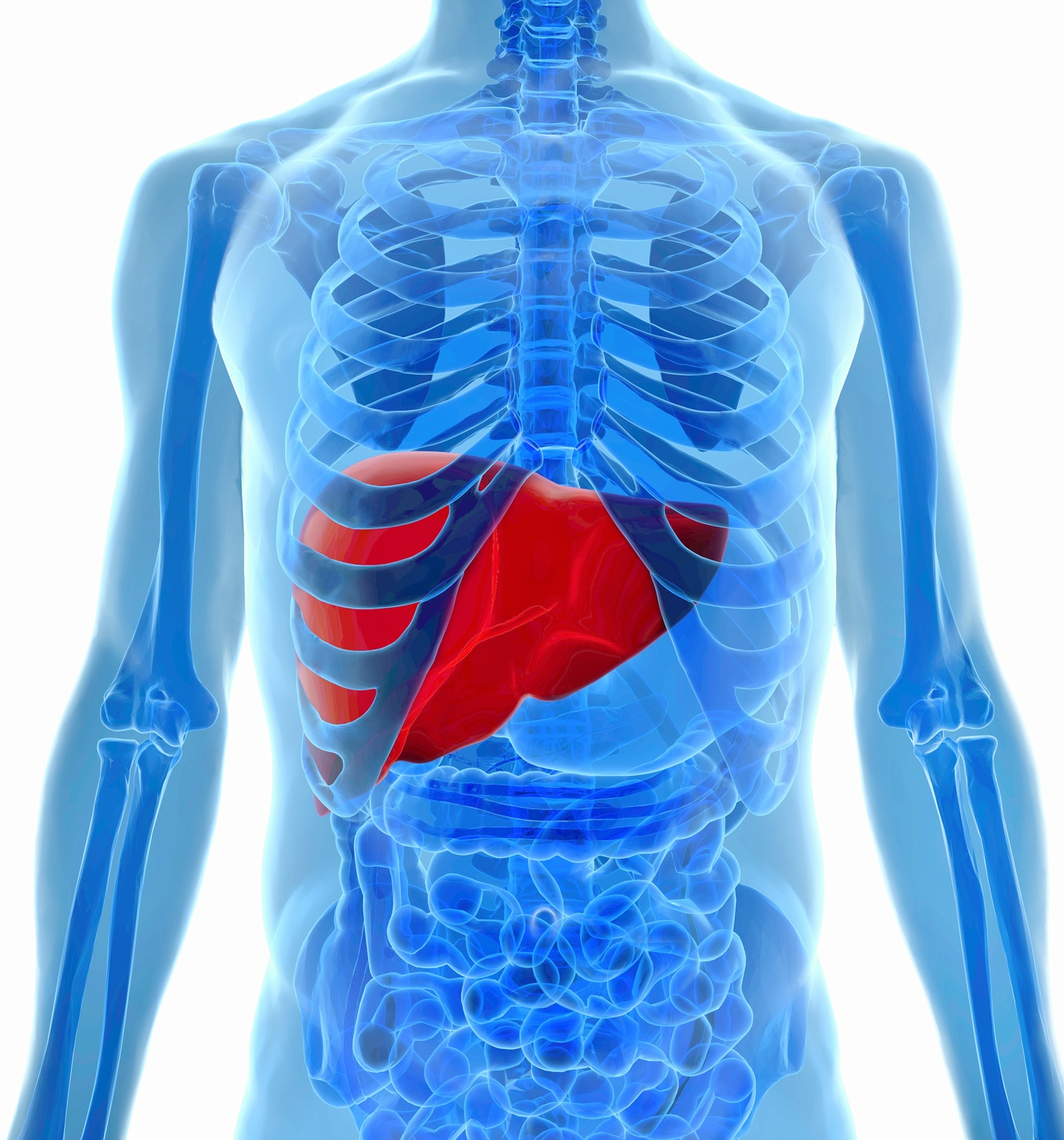Thousands of researchers spend time pampering their primary cells and cell lines every day, with the aim of defining their optimal cell culture conditions. Researchers are in effect trying to control numerous cellular parameters (oxygene levels, fresh media supply, incubation temperature…) and monitor their “viability” on a regular basis. But what about the internal cellular temperature? Have you ever considered this biological parameter to monitor the “wellness” of your cultivated cells? In this post, let’s take a look at the characteristics of a new, cell permeable, fluorescent thermometer for living cells.
The Cellular Thermoprobe for Fluorescence Ratio is a fluorescent polymeric thermometer that gives you data about the intracellular temperature distribution in living cells. Delivered inside the cells by diffusion (without microinjection), this thermoprobe is compatible with both adherent and suspension cells. It enables you to distinguish intracellular regional temperature of organelles in your cultured mammalian cells just by monitoring a fluorescence ratio.
See Cellular Thermoprobe in action


Looking for experimental procedures to generate a calibration curve, monitor intracellular temperature in adherent or suspension cells?
The Cellular Thermoprobe is easy-to-use! You just need to dilute it in the media and and the stain is taken into cells by diffusion.
The readout does not require Fluorescence Lifetime for data acquisition, and it brings sensitive temperature resolution (0.01-0.25 °C).


Want to know more the Cellular Thermoprobe for Fluorescence Ratio?
Download the Cellular Thermoprobe for Fluorescence Ratio datasheet here.
You can also leave a message below or subscribe to our Cell Sourcing – Cell culture Technologies e-Newsletter to stay up to date on new tools such as this one!




2 Responses
Hello,
I am really interested with your cellular thermoprobe. I wanted to know if you already tested it with S.Pombe cells.
Best regards,
Julien
Dear Julien,
Thank you for your question.
The Cellular Thermoprobe does not have been tested for staining of Schizosaccharomyces pombe. One information to keep in mind for your future tests with the Cellular Thermoprobe is that the temperature inside of S. pombe is different from mammalian cell (~30°C vs.~37°C). Feel free to share with us your first experimental data regarding the use of the Cellular Thermoprobe on your model.
Regards,
Philippe